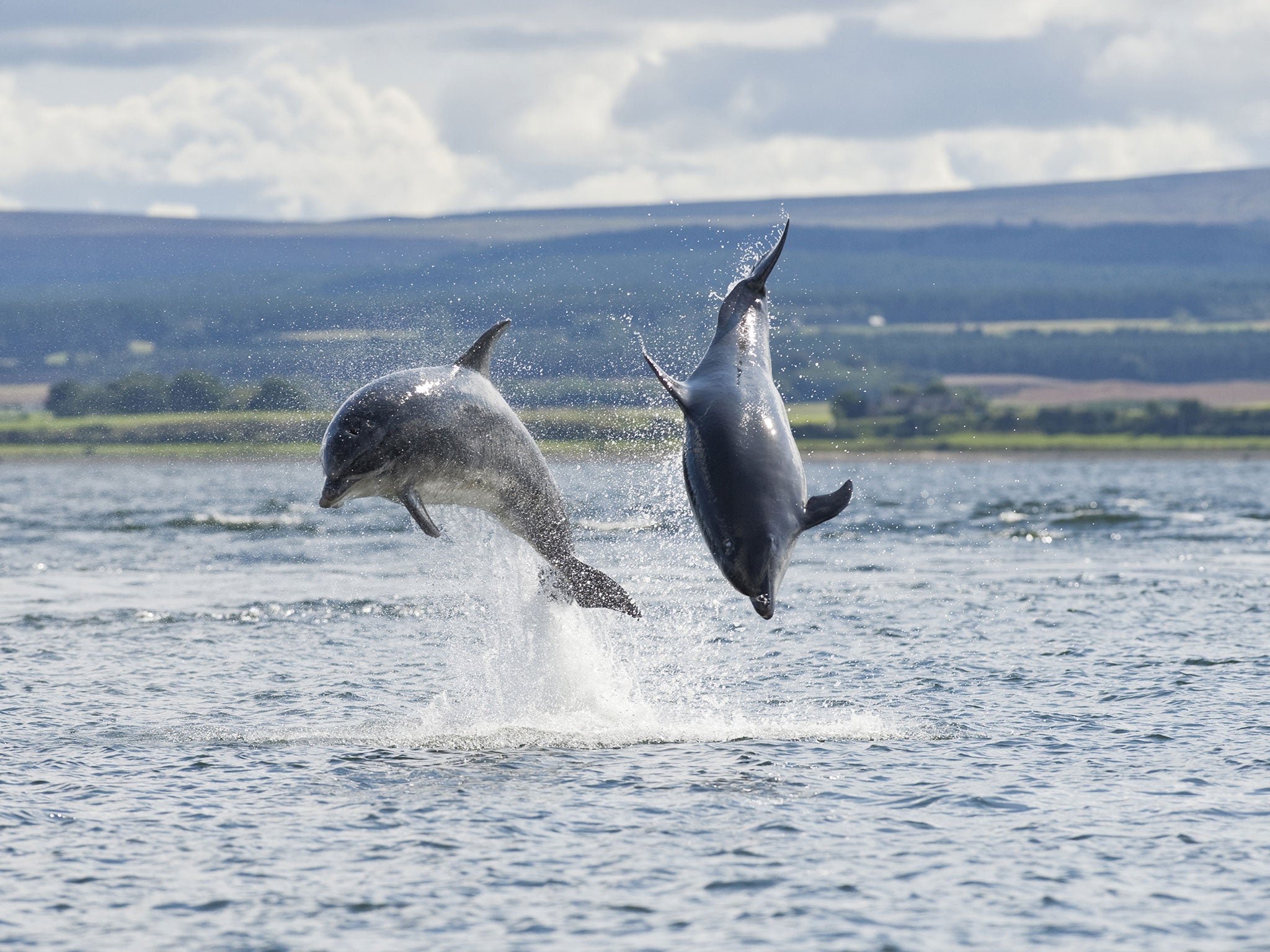British species facing their 'biggest threat in a generation', say leading nature groups
The coalition warns that protection laws are in danger of being watered down

Your support helps us to tell the story
From reproductive rights to climate change to Big Tech, The Independent is on the ground when the story is developing. Whether it's investigating the financials of Elon Musk's pro-Trump PAC or producing our latest documentary, 'The A Word', which shines a light on the American women fighting for reproductive rights, we know how important it is to parse out the facts from the messaging.
At such a critical moment in US history, we need reporters on the ground. Your donation allows us to keep sending journalists to speak to both sides of the story.
The Independent is trusted by Americans across the entire political spectrum. And unlike many other quality news outlets, we choose not to lock Americans out of our reporting and analysis with paywalls. We believe quality journalism should be available to everyone, paid for by those who can afford it.
Your support makes all the difference.British species and landscapes are facing their “biggest threat in a generation”, according to 100 leading nature groups which represent eight million people across the UK.
The Joint Links coalition, made up of organisations such as the WWF and the National Trust, warns that laws which have protected species and habitats for decades are now in danger of being watered down because of a European Commission “fitness check” on the Birds and Habitats Directives.
The directives give protected status to both species and the habitats they live in from commercial development and pollution. More than 1,000 species and hundreds of different habitats such as forests, wetlands, and meadows, are currently safeguarded.
British examples include the hazel dormouse and the Dartford warbler, and also species across Europe such as the grey wolf and the Iberian lynx.
The Birds Directive has enabled the creation of special reserves to conserve habitat for endangered and migratory birds since 1979. And the Habitats Directive, which came into force in 1992, protects more than 1,000 animal and plant species and 200 types of habitat. Organisations including the RSPB and Friends of the Earth claim that the review of the laws by the EC is driven by a desire to reduce barriers to business.
In a briefing submitted to the EC, the coalition states the review is “the single biggest threat to UK and European nature and biodiversity in a generation,” with protections needed more than ever, it adds: “The economies of the UK and other EU member states are struggling and evidence is growing that nature is in crisis.” Weakening existing protection for species and habitats “would be a retrograde step” and “short-sighted politics must not be allowed to put the future of nature and biodiversity in Europe at further risk”.
Kate Jennings, chairwoman of the Joint Links habitats and birds group, commented: “Uncertainty over the future of the directives resulting from the ‘fitness check’ review could be bad for nature, bad for people and bad for business.” The laws are “the foundation of nature conservation across Europe” and “deliver demonstrable benefits for nature, as well as significant social and economic benefits,” she said.
“For over 30 years they have protected some of our best loved and most iconic landscapes from the Scottish Flow Country to the sand dunes and marshes of the north Norfolk coast. They are essential to the protection of species… from the basking shark and the harbour porpoise to the Dartford warbler and the hazel dormouse,” added Ms Jennings.
The European Commissioner for Environment, Maritime Affairs and Fisheries, Karmenu Vella, said: “The Fitness Check of the Birds and Habitats is part of a broader program of taking stock of EU legislation to ensure that it is fit for purpose. The focus is on ensuring that an effective legislative framework is in place; legislation that can produce real results on the ground.
"It is crucial that any evaluation of the legislation is transparent and open. The best way we can get Europeans engaged in protecting nature is to show that we are open to their suggestions.”
Campaigners are calling on people to take part in a public consultation on the directives by going online at naturealert.eu
Under threat: Protected species
Swathes of the British countryside within areas such as the New Forest, the North Pennine Dales, the Dorset heathlands, Carmarthen Bay, the Moray Firth, and the Humber Estuary are protected by the Habitats Directive.
Species which benefit from the laws, which are aimed at conserving threatened wildlife, range from stag beetles to bats, otters, grey seals and bottle-nose dolphins.
Examples of birds safeguarded under the Birds Directive include the avocet, the Scottish crossbill (Britain’s only endemic bird), the nightjar, the woodlark, and the Dartford warbler.
Join our commenting forum
Join thought-provoking conversations, follow other Independent readers and see their replies
0Comments